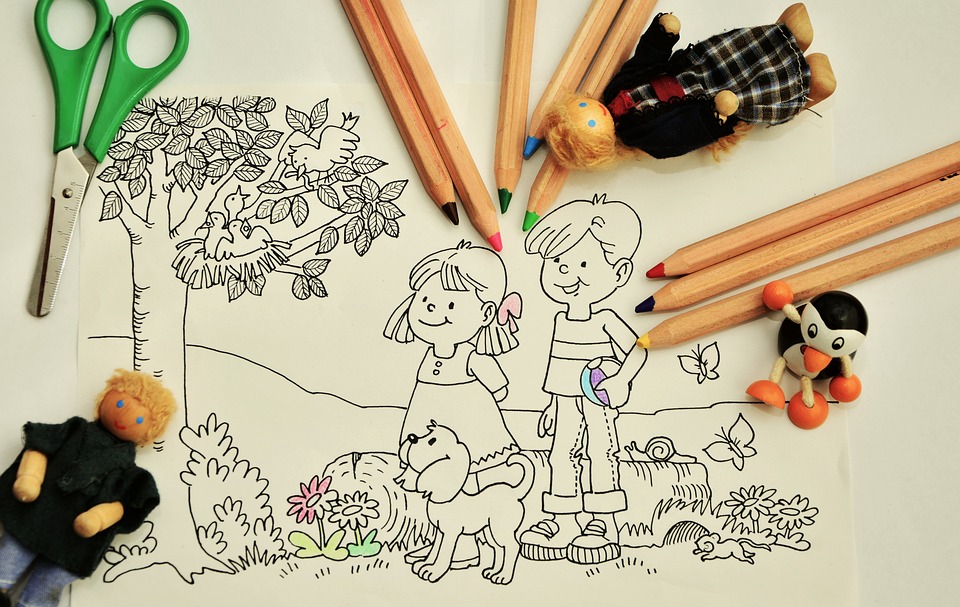Maybe you heard people mention team building, and you wonder what it is, how it can help organizations, and what activities can promote it. Team building is when a group works together to improve their ability to complete tasks efficiently and effectively. The group uses various skills to communicate and cooperate to achieve their goals.
Speaking of which, team building can benefit organizations in various ways. Your ambitions could revolve around improving communication and cooperation between employees or promoting leadership skills. Maybe you want to increase creativity and innovation within the company. Having said that, here are the benefits you will reap from team building.
i) Enhanced Leadership
Help your group identify the leader and build a plan to hone their skills.
ii) Improved Communication
Team building activities can help people learn to communicate better with each other.
iii) Foster Creativity
Team members can learn to think outside the box and bring new ideas by working together on tasks.
iv) Boost Morale
When people feel like they are part of a team, they are more likely to be motivated and invested in their work.
v) Develop Problem-solving Skills
Working together to solve problems can help team members learn how to think critically and find creative solutions.
All these skills will help your company perform better, reach new goals, and become more successful. Carefully choose team-building activities to promote these skills. Not all games are equal. Some may do more harm than good. For instance, competitive activities may hinder cooperation and communication rather than promote it.
When choosing team-building activities, determine what skills you want to promote and how to achieve that. Consider these Themed Team Building Activities in Singapore for your next event.
1. The Human Knot
This activity involves having your team stand in a circle, shoulder to shoulder. Each person takes the hand of someone who is not next to them. Each hand holds a different person. The goal is for the group to untangle themselves without letting go of their hands. This activity promotes communication, cooperation, and problem-solving skills.
Blindfolding some members will make the game more challenging. But that will benefit members by building trust, as they rely on each other for guidance. Also, you can discourage talking to each other instead of blindfolding them. You will promote critical thinking and problem-solving.
2. Group Juggle

Juggling can be a tricky exercise. But think of it when three or four members have to play it together. The challenge here is coordination and communication. One person starts by tossing a ball to another, who has to do so to the next member. The goal is to see how long the group can keep the balls in the air.
Make this activity harder by adding more balls or blindfolding a member. Can the blindfolded person keep up with the rest? How well does the group communicate to guide them? If a ball drops, can they pick it up quickly and continue? This activity promotes communication, trust, and teamwork.
3. Minefield
This activity requires careful communication and planning. You will need to create a minefield by placing objects around the room and marking them with tape or cones. The goal is for the team to guide a blindfolded person through the minefield without touching the mine.
The blindfolded member is to remain silent and follow instructions from the rest of the group. This activity promotes communication, leadership, and problem-solving skills. Also, it builds trust as members have to rely on each other.
4. Pair Up

Write some word pairs on paper. Use various combinations like sugar and salt, night and day, hot and cold. Then fold the papers and put them in a hat. A member picks one piece of paper from the hat and stands next to the person with the matching word. For example, someone with sugar finds one with salt. Nobody should mention what they have.
This activity can be challenging, as people look for visible characteristics. But it will promote critical thinking and problem-solving skills. As members try to find their match, they will have to think creatively and communicate with each other. Furthermore, this activity can also be an icebreaker for new members or a way for everyone to get to know each other better.
5. Balloon Stomp
This one is a fun activity that requires quick thinking and good coordination. Divide the group into teams of two or three. Each team gets a balloon and has to tie it to their ankle. The goal is for every group to pop the others’ balloons while protecting theirs.
The skills you will test here are coordination, communication, and teamwork. This activity can be chaotic, but that is part of the fun. Ensure that everyone is safe and no one gets hurt. You can also add some obstacles to make the game more challenging.
6. Blind Drawing

This activity does not require perfect artists. It is even better if everyone is not good at drawing. The goal is for one member to describe a picture to the rest of the group, who then have to draw it. The catch is that the drawer cannot see it. Also, the person describing does not mention the object.
This activity will test the communication and problem-solving skills of the group. The person describing must be specific with their instructions. They can only use adjectives, not nouns. For example, instead of “the mouse,” they have to say “a small, brown, furry creature with a long tail.” Lastly, the drawer must then use imagination to fill in the rest.
7. Winner/Loser
Divide your employees into pairs. Let one person tell the other a negative story from their day, week, or life. The other person has to be a good listener. But the goal is to retell the story highlighting positive perspectives of the tale instead. For example, a disgusting date story can be about meeting someone new. Then the pair will switch roles.
This activity will test communication and problem-solving abilities. Also, looking at things from a brighter side is a valuable skill in the workplace. It can help employees deal with difficult situations and find solutions instead of dwelling on the negative. An example is when there is a glitch on the server. Can you find other things to do instead of staring at the error message?
Summary
Team building exercises can help promote communication, leadership, and problem-solving skills. They can also be an icebreaker for new members or a way for everyone to get to know each other better. Engaging in various activities can enhance mutual trust and respect within the team. It can also help employees deal with difficult situations and find solutions for work-related challenges.


